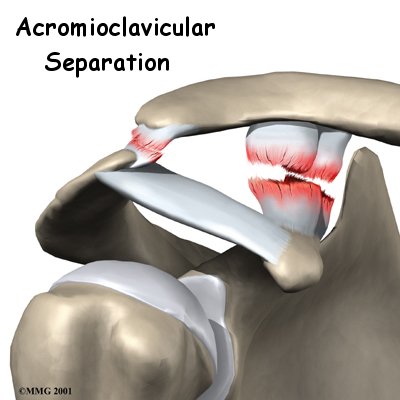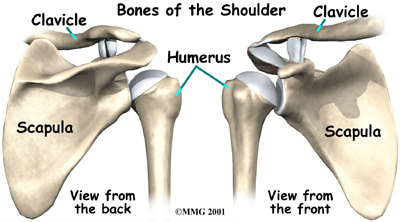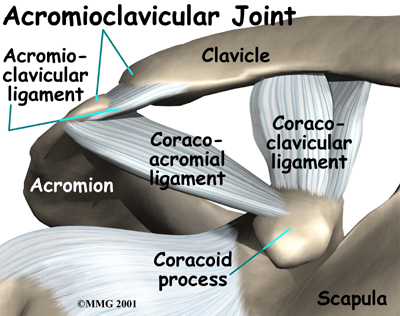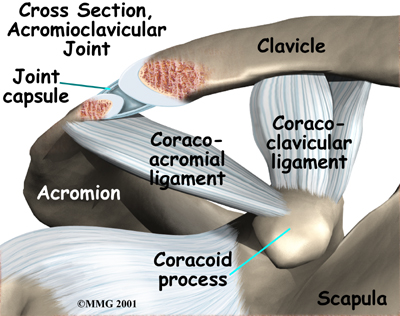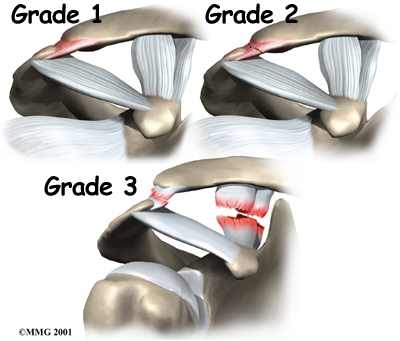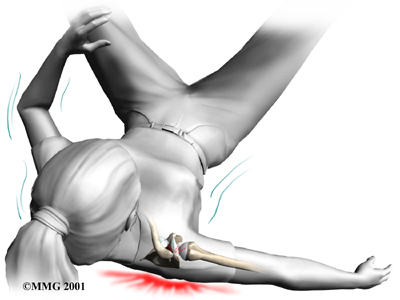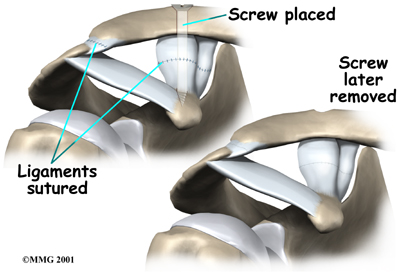Non-surgical Rehabilitation
If you don't need surgery, your physical therapist at STAR Physical Therapy will have you begin range-of-motion exercises as your pain eases, followed by a program of strengthening. At first, we’ll have you do exercises with your arm kept below shoulder level. Our program will then advance to include strength exercises for the rotator cuff and shoulder blade muscles. In most cases, the pain goes away almost completely within three weeks. Although the time required for rehabilitation varies, full recovery can typically take up to six weeks for grade two separations and up to 12 weeks for grade three separations. Since there is little danger of making the condition worse, you can usually do whatever activities you can tolerate.
Post-surgical Rehabilitation
You may have to wear a sling to support and protect the shoulder for a few days. When you begin your physical therapy rehabilitation program, the first few physical therapy treatments will focus on controlling the pain and swelling from surgery. Ice and electrical stimulation treatments may help. Our physical therapist may also use massage and other types of hands-on treatments to ease muscle spasm and pain.
We will usually wait four weeks before starting range-of-motion exercises. Our physical therapist will probably have you begin with passive exercises. In passive exercises, we will move your shoulder joint while your muscles stay relaxed. Our physical therapist will gently move your joint and gradually stretches your arm. You may be taught how to do passive exercises at home.
Active therapy usually starts six to eight weeks after surgery, giving the ligaments time to heal. Active range-of-motion exercises help you regain shoulder movement using your own muscle power. Our physical therapist might have you begin with light isometric strengthening exercises. These exercises work the muscles without straining the healing joint.
After about three months, you can usually start more active strengthening. These exercises will focus on improving strength and control of the rotator cuff muscles and the muscles around the shoulder blade. Our physical therapist will help you retrain these muscles to keep the ball of the humerus centered in the socket. This helps your shoulder move smoothly during all your activities.
Recovery from shoulder surgery can take some time. You will need to be patient and stick to your therapy program. Some of the exercises that we'll recommend are designed get your shoulder working in ways that are similar to your work tasks and sport activities. Our therapist will help you find ways to do your tasks that don't put too much stress on your shoulder. Before your physical therapy sessions end, our physical therapist will teach you a number of ways to avoid future problems.
STAR Physical Therapy provides services for physical therapy in Fairport and Rochester.
